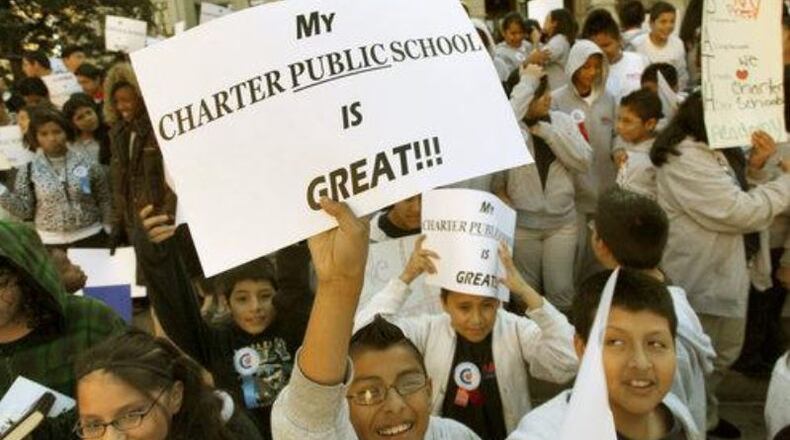A new National Bureau of Economic Research working paper looks at a key concern around school choice: Does school choice provide options to all families or do schools of choice seek out easier-to-educate students, leaving more challenging kids to the traditional public schools?
Advocates maintain oversubscribed charter schools use lotteries to prevent skimming, but critics have complained the choice process can allow schools to influence who applies.
In the paper, “Education for All? A Nationwide Audit Study of Schools of Choice,” researchers test whether schools of choice “cream skim.”
The study notes: “Families often lack information about schools’ eligibility requirements, quality, and admission processes. These frictions raise the possibility that schools of choice manipulate the applicant pool by providing less application information to the parents of children perceived as more difficult to educate.”
Researchers focused on traditional public schools in areas with intra-district school choice and charter schools. Charters are public schools allowed greater autonomy in how they operate in exchange for specified performance goals. When charters have too many applicants, they rely on lotteries.
I’ve received calls over the years alleging that a Georgia charter school was somehow steering families away, but the evidence offered was always subjective. It’s hard to quantify whether one family gets a more enthusiastic greeting when they tour the school or how quickly a principal responds to one family’s email inquiry compared to another.
In this study, the researchers attempted to discern whether schools of choice provide less application information to lower-performing or costlier-to-educate students. The researchers employed a method used in studies identifying racial bias in housing rentals or job applications.
The researchers sent emails to 6,452 charter and traditional public schools of choice across 29 states and the District of Columbia from fictitious parents.
The emails asked whether any student was eligible to apply to the school and how to do so. Each email included a randomly assigned attribute about the student: disability status, poor behavior, high or low prior academic achievement, or no indication of these characteristics.
The chief finding: Schools respond less often to messages regarding students whom schools may view as more difficult to educate.
Was there a difference in response from traditional public schools and charters?
The study states:
To explore this question, our sample includes charter schools matched to nearby traditional public schools of choice with the same entry grade level. We find that, overall, traditional public schools' response rates are similar to the response rates from charter schools across treatment messages. However, there is a different response rate to messages that signal a child has a significant special need. Traditional public schools exhibit no differential response rate to these messages, but charter schools are 7 percentage points less likely to respond to them than to the baseline message. This result is important because students with disabilities are twice as expensive to educate than the typical student without a disability. These results hold for high-value-added schools, including urban, high-value added charter schools…No-excuses charter schools are significantly less likely (10 percentage points) to respond to inquiries that signal a child's potentially significant disability than to the baseline message.
The researchers maintain their study “provides the first experimental evidence testing whether schools of choice provide less application information to students whom schools may perceive as harder to educate. Second, we incorporate signals of several student attributes—beyond race and gender— across a wide variety and a large number of schools. Lastly, our research highlights the importance of providing transparent information to families to ensure all students have equal access to schools of choice.”
About the Author
The Latest
Featured



